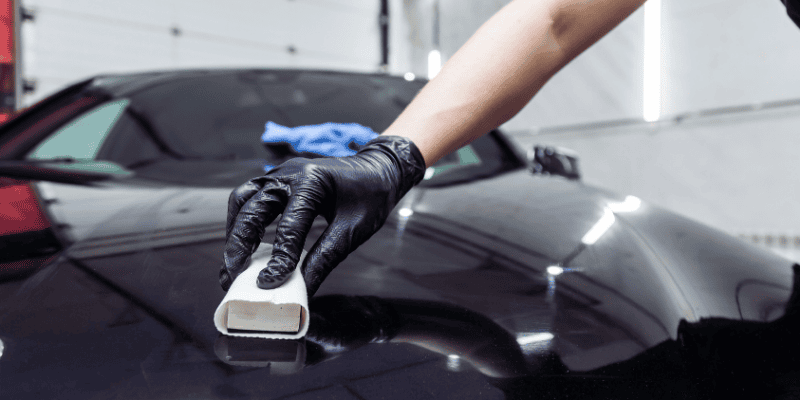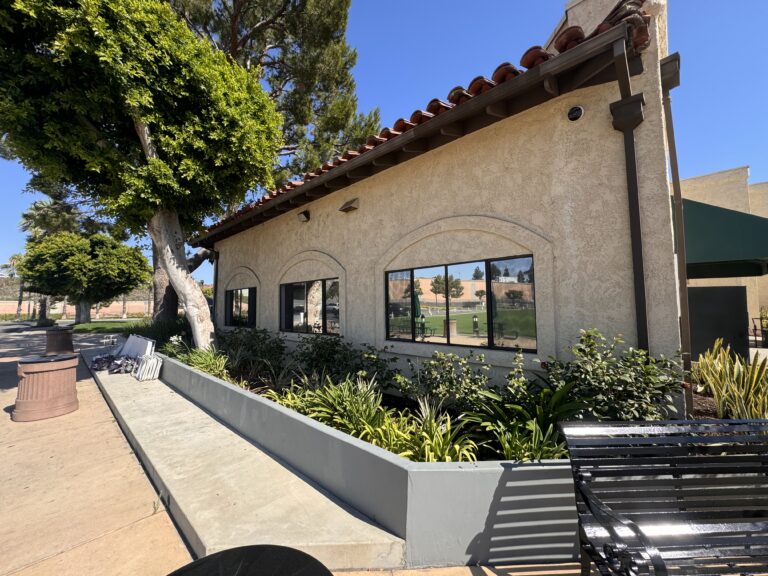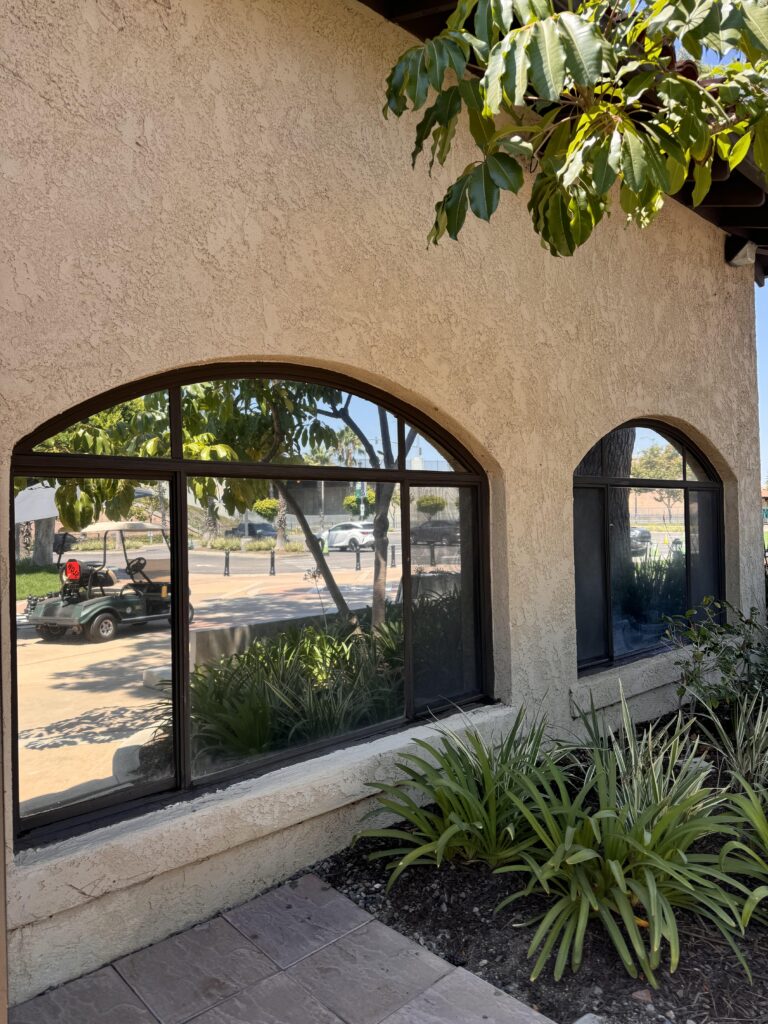When it comes to safeguarding your vehicle’s exterior, the debate over ceramic coating vs PPF has become increasingly common. Car enthusiasts and everyday drivers alike are exploring options such as ppf what is and what is ppf on cars to find the best solution for maintaining that showroom shine. In this comprehensive guide, we’ll dive deep into the world of paint protection, covering everything from the science behind these technologies to practical comparisons. Whether you’re considering ultimate ceramic coatings and ppf or simply searching for the best car paint protection coating, this article offers expert insights into each method’s strengths and weaknesses. We’ll examine not only how these solutions work but also what makes one a better choice than the other based on impact resistance, ease of maintenance, aesthetic appeal, and overall value.
Understanding Paint Protection – Why Does It Matter?
Your car’s paint is constantly exposed to harmful elements such as UV rays, road debris, and chemical stains. Maintaining a durable paint protection coating is crucial for preserving both the aesthetic appeal and the resale value of your vehicle.
The Importance of Car Paint Protection
A high-quality protective layer can prevent minor scratches and scuffs, reduce oxidation, and maintain the vibrancy of your ceramic auto paint. This not only enhances the vehicle’s appearance but also serves as a shield against environmental hazards. In a market where ppf cars and car coatings protective solutions are booming, understanding these benefits is key for every car owner.
Common Causes of Paint Damage
Car paint damage can stem from various sources:
- UV Rays: Long-term exposure causes fading and oxidation.
- Scratches & Stone Chips: Road debris and minor impacts can chip away at the paint.
- Chemical Stains: Acid rain, bird droppings, and other contaminants can degrade the finish.
By understanding these factors, you can better appreciate why advanced solutions like ppf versus ceramic coating are designed to offer robust protection.
What is Paint Protection Film (PPF)?
PPF stands for Paint Protection Film, a transparent, durable material applied to a car’s exterior to prevent physical damage. If you’ve ever wondered what is ppf on cars, it essentially acts as a barrier against stone chips, scratches, and minor abrasions, ensuring that your vehicle remains in pristine condition even under harsh conditions.
How PPF Works – A Self-Healing Protective Layer
Paint Protection Film is engineered to be self-healing, meaning that minor scratches can disappear with the application of heat. This technology makes PPF an ideal choice for areas prone to impact damage, such as the front bumper and hood. For many, comparing ppf vs ceramic becomes a matter of assessing whether this self-healing capability meets their needs.
Types of PPF
PPF comes in several variants:
- Glossy Films: Enhance shine while providing robust protection.
- Matte Films: Offer a unique finish for those seeking a distinctive look.
- Hydrophobic Films: Repel water and resist contaminants.
- Colored Films: Provide an extra layer of customization for your vehicle’s appearance.
Advantages of Paint Protection Film
- Impact Resistance: Superior defense against rock chips and scratches.
- Self-Healing: Minor scratches vanish with mild heat.
- Long-Lasting: Typically offers protection for 5-10 years.
- Versatility: Available in various finishes to suit personal style.
Disadvantages of Paint Protection Film
- Cost: Generally more expensive than ceramic coatings.
- Installation: Requires professional application to avoid visible edges.
- Maintenance: Although durable, PPF may need specialized care to maintain its appearance.
What is Ceramic Coating?
Ceramic coating is a liquid polymer applied to a vehicle’s exterior, which chemically bonds with the factory paint. This creates a layer that is both protective and highly reflective, enhancing the overall look of your car. When discussing ceramic coating vs ppf, many refer to ceramic coatings as the go-to option for those who desire an extra glossy finish without adding thickness to the paint.
How Ceramic Coatings Work – A Nano-Technology Shield
Utilizing advanced nano-technology, ceramic coatings form an almost invisible layer on your car’s surface. This layer offers excellent resistance to UV damage, chemical stains, and minor abrasions. The result is a hydrophobic surface that makes washing easier and helps maintain the beauty of your ceramic auto paint.
Types of Ceramic Coatings
Ceramic coatings are available in:
- Professional-Grade Coatings: Applied by experts for maximum durability.
- DIY Coatings: Consumer-friendly versions that offer decent protection but may require frequent reapplication.
Advantages of Ceramic Coating
- Enhanced Gloss: Elevates the appearance of your vehicle with a deep shine.
- Hydrophobic Properties: Water and dirt slide off effortlessly.
- Chemical Resistance: Provides robust protection against harsh contaminants.
- Ease of Cleaning: Reduces the need for frequent washing.
Disadvantages of Ceramic Coating
- Limited Impact Protection: Not designed to protect against stone chips or deep scratches.
- Application Sensitivity: Requires precise application methods for optimal performance.
- Cost Variability: High-quality coatings can be costly, especially when applied professionally.
Similarities Between Ceramic Coating and PPF
Despite their differences, both ceramic coating vs ppf options share a common goal: protecting your car’s finish. Both solutions act as a barrier against environmental damage and help maintain the vibrancy of your car’s paint.
Both Provide a Protective Layer for Car Paint
Whether you choose ppf car vs ceramic coating or opt for a simple ceramic application, both methods safeguard the underlying paint from UV damage and oxidation, preserving the appearance of your car coatings protective.
Both Help in Reducing UV Damage and Oxidation
UV rays are a major culprit in paint deterioration. Both ceramic coatings and PPF are engineered to reflect or absorb these harmful rays, ensuring that your vehicle’s finish remains as fresh as the day it left the showroom.
Both Require Professional Installation for Optimal Performance
While DIY options exist, professional application of either a paint protection coating or ultimate ceramic coatings and ppf is recommended to ensure durability and an impeccable finish.
Key Differences – Ceramic Coating vs. PPF
When deciding between these two popular methods, understanding their core differences is essential.
Level of Protection
- PPF: Excels in impact protection, making it ideal for areas prone to rock chips and minor collisions.
- Ceramic Coating: Offers superior chemical resistance and UV protection but falls short when it comes to physical impact.
Aesthetic Appeal
- PPF: Can slightly alter the finish of your vehicle; some films offer a matte look, while others are glossy.
- Ceramic Coating: Enhances the gloss and depth of your car’s color, giving it a high-end finish without adding extra layers.
Maintenance and Longevity
- PPF: Generally lasts longer and can self-heal minor scratches, though it may require specialized cleaning techniques.
- Ceramic Coating: Easier to maintain due to its hydrophobic nature, but it might require periodic reapplication to sustain maximum effectiveness.
Cost Comparison – Which Offers Better Value?
| Feature | Paint Protection Film (PPF) | Ceramic Coating |
| Impact Protection | Excellent for preventing rock chips and scratches | Limited; does not protect against heavy impacts |
| Aesthetic Enhancement | Can offer varied finishes; may add slight thickness | Provides a deep gloss and enhanced color vibrancy |
| Maintenance | Requires specialized care and professional cleaning methods | Easier to clean due to hydrophobic properties |
| Longevity | Generally 5-10 years with proper maintenance | Typically lasts 2-5 years; may need reapplication |
| Cost | Higher upfront cost; professional installation is recommended | Cost-effective; professional application can increase the price |
The above table outlines a clear comparison between ppf vs ceramic options, helping you decide whether ceramic coating vs ppf is the right choice for your vehicle.
Choosing the Best Protection – Ceramic Coating or PPF?
Deciding which solution to use depends on your specific needs and driving conditions.
When to Choose PPF
Opt for PPF if you:
- Frequently drive in areas with high road debris.
- Want maximum protection against stone chips and minor collisions.
- Are considering ppf versus ceramic coating options for high-impact areas on your vehicle.
When to Choose Ceramic Coating
Choose ceramic coating if you:
- Desire a high-gloss finish that enhances your vehicle’s appearance.
- Prefer a maintenance-friendly solution that repels dirt and water.
- Want a robust car paint protection coating that emphasizes shine and ease of cleaning.
Can You Combine Ceramic Coating and PPF for Maximum Protection?
Many experts recommend using both products in tandem. For instance, you might apply PPF on high-impact areas such as the hood and bumpers, and use ceramic coating on the rest of the car. This combination, sometimes referred to as ppf car vs ceramic coating, provides the ultimate balance of impact resistance and aesthetic enhancement.
Final Thoughts – Which Paint Protection is Best for You?
In the debate of ceramic coating vs PPF, there is no one-size-fits-all answer. Each solution offers unique benefits that cater to different aspects of car care. If protecting against physical damage is your top priority, ppf what is becomes a crucial factor, making PPF the better choice for high-impact areas. Conversely, if maintaining a deep, glossy finish with minimal upkeep is more important, then ceramic coatings might be your preferred paint protection coating.
Ultimately, whether you opt for ppf versus ceramic coating or decide to combine the two, investing in quality products ensures that your vehicle remains protected and retains its value over time. By weighing the pros and cons discussed in this guide and considering your specific needs, you can confidently choose the best solution for your car’s exterior.




